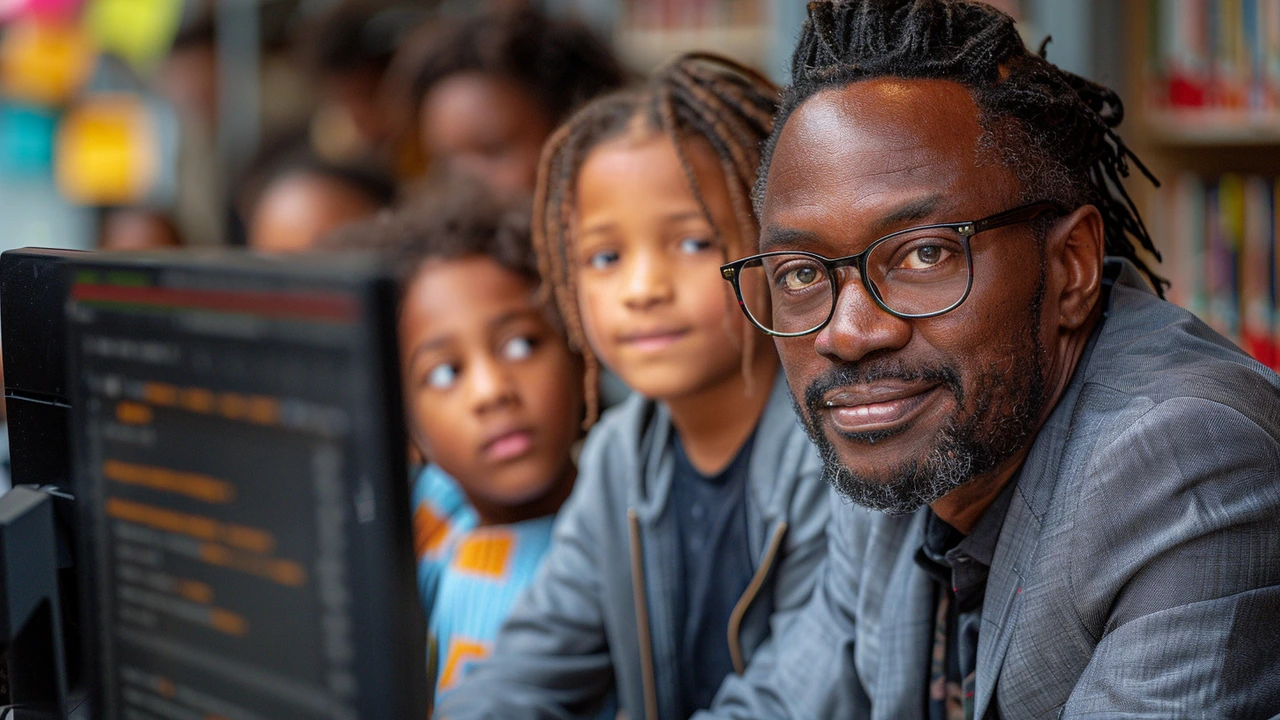Media Studies: How digital platforms, AI and ads shape what people see
Think about this: gamers now spend more time in virtual worlds than many people spend watching cable TV. That changes where messages land, how they’re made, and what counts as influence. Media studies helps you read those changes, not just report them. It shows you how platforms, algorithms, creators, and ads interact—and how to act smarter because of it.
Why media studies matters right now
Platforms aren’t neutral. TikTok, Instagram, Twitter/X, and in-game ad spaces each reward different content shapes. A short vertical video that hooks in three seconds beats a long explainer on most social feeds. Meanwhile, AI tools like ChatGPT speed up content ideas, captions, and research. That shift affects careers: journalists, marketers, educators, and creators must know both the tech and the social effect.
Media studies gives you methods, not just headlines. You learn to track attention (watch time, engagement rate, CTR), map audiences (who watches, when, and why), and test messages (A/B headlines, thumbnail tweaks). You also study ethics—who benefits when an AI writes ad copy? When in-game ads appear, are players annoyed or engaged? These are practical questions with measurable answers.
Quick tools and hands-on exercises you can try
1) Platform snapshot: Pick one platform. Spend two hours mapping the top 10 posts in your niche. Note format, length, hashtags, and call-to-action. Repeat weekly to spot patterns.
2) Use ChatGPT like a lab assistant: Give it a clear prompt—topic, audience, tone, word limit. Ask for three headline options and one short script. Then test those headlines in a small ad or social post and compare click rates. Don’t publish blindly—edit and fact-check.
3) In-game ad review: Play a game for 20 minutes and log any ad placements you see. Note whether they fit the world or break immersion. That tells you what good integration looks like.
4) Measure what matters: Track one metric tied to a goal—newsletter signups, video watch time over 30 seconds, or conversion from a swipe-up link. Run one small change and measure results for seven days. Real learning comes from recorded outcomes, not guesswork.
5) Small research project: Interview three users about why they follow a creator. Ask two open questions: what do they expect, what annoys them. Those answers help shape clearer content choices.
Media studies isn’t only theory. It trains you to test ideas, use tools, and read patterns. If you want immediate next steps, start with those five exercises and then read case studies on AI in marketing, in-game ads, and social growth. The posts tagged here dig into practical examples you can copy and test in your own work.
Decoding Propaganda with ChatGPT: Insights into Modern Media Studies
In an age dominated by information, distinguishing between fact and fiction has become paramount. This article explores how ChatGPT, an advanced AI, can be utilized to unravel the complex web of propaganda in media. It delves into the changing landscape of media studies, highlights the role of AI in identifying biases, and provides practical tips for using AI tools like ChatGPT to enhance media literacy. This read is crucial for anyone interested in the intersection of technology and media.
VIEW MORE
